The transfer of high viscosity liquids has long been a technical challenge in industrial production. Particularly in processes that require continuous and stable handling of viscous fluids, traditional pump systems often experience reduced efficiency and equipment damage due to blockages or resistance from high-viscosity liquids. Industrial vortex pumps, with their unique working principles and structural design, provide an effective solution to this problem.
What is an Industrial Vortex Pump?
An industrial vortex pump is a pump that uses the rotational motion of the fluid to generate a vortex for fluid transfer. Unlike traditional centrifugal pumps, vortex pumps do not rely on conventional impellers. Instead, they use a special structure to create a swirling motion in the fluid, which drives it forward. Vortex pumps have strong self-priming capabilities and are particularly suitable for handling high-viscosity liquids and fluids containing solid particles.
The working principle of industrial vortex pumps allows them to transfer various types of fluids, including highly viscous liquids, slurries, and fluids containing solid particles, without damaging the fluid structure. As a result, vortex pumps are widely used in industries such as chemical, mining, and food processing.
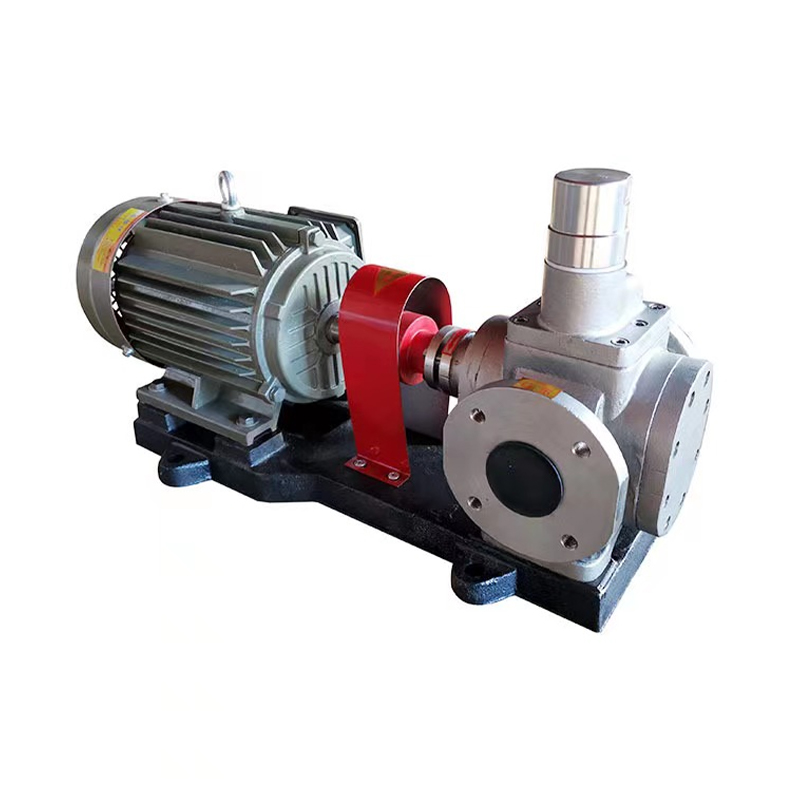
Advantages of Industrial Vortex Pumps in High Viscosity Liquid Transfer
1. Suitable for High Viscosity Liquids
The transfer of high viscosity liquids requires pumps that can withstand the high flow resistance of these fluids. Traditional pumps, such as centrifugal pumps or gear pumps, often experience issues such as sluggish fluid flow, reduced efficiency, or even damage to the pump body when handling high viscosity liquids. In contrast, industrial vortex pumps reduce the fluid resistance through their swirling motion, allowing viscous liquids to flow smoothly.
For example, in the transfer of oils, syrups, emulsions, and other food and chemical raw materials, vortex pumps can maintain a steady transfer without the need for additional heating, significantly reducing energy consumption and processing time.
2. Blockage-Free Design
One of the greatest advantages of vortex pumps is their “blockage-free” design. Traditional pumps with impellers and seals are prone to blockages or wear when handling fluids containing solid particles or high-viscosity liquids. Vortex pumps, on the other hand, avoid this issue due to their simple structure and spacious flow passages, allowing them to handle fluids containing particles or fibers effectively.
For example, in the mining industry, slurry and mud typically contain larger particles that can clog traditional pumps or cause damage. Industrial vortex pumps can continuously transport these particle-laden fluids without blockage, ensuring the stable transportation of slurry.
3. Reduced Energy Consumption
Energy consumption is often an important consideration when transferring high viscosity liquids. Traditional pumps require higher pressure and more power to overcome the flow resistance of the liquid, while vortex pumps reduce fluid resistance through the vortex motion, leading to lower energy consumption. This makes vortex pumps more efficient and energy-saving compared to traditional pump systems when used in high-viscosity liquid transfer applications.
For example, in chemical production, using a traditional pump to transfer high-viscosity resins or emulsions often consumes a significant amount of electricity. In contrast, vortex pumps can achieve the same transfer effect with lower power consumption, thus reducing operational costs.
4. Low Maintenance Costs
Industrial vortex pumps have simple structures, typically without complex sealing devices or vulnerable components, which leads to lower maintenance requirements over time. Compared to traditional pumps, vortex pumps generally have a lower failure rate, longer maintenance intervals, and reduced downtime caused by equipment failure, which lowers maintenance and replacement costs.
For example, vortex pumps are less prone to damage to seals and bearings during long-term operation, reducing the need for regular part replacements and lowering maintenance costs.
5. Strong Adaptability
Vortex pumps are not only suitable for transferring high-viscosity liquids but can also handle a wide range of fluids, including those containing solid particles, slurries, and gas-liquid mixtures. Whether the fluid is subjected to high temperatures, high pressures, or corrosive conditions, vortex pumps can provide stable performance.
For example, in the oil and gas industry, crude oil and other high-viscosity liquids are often transferred under high temperatures and pressures. Vortex pumps can operate stably under these harsh conditions, ensuring the continuous flow of production.
Applications of Industrial Vortex Pumps
1. Chemical Industry
In chemical production, various high-viscosity liquids such as resins, emulsions, and fertilizer solutions need to be transferred regularly. Traditional pump systems often struggle to transfer these fluids because of their viscosity or solid particle content. Industrial vortex pumps can effectively handle these challenging liquids, ensuring stable production lines.
For example, during polymer production, vortex pumps can efficiently transfer high-viscosity chemical raw materials without causing fluid leaks or pump damage, ensuring the production process is not interrupted.
2. Food and Beverage Industry
In the food and beverage industry, high-viscosity liquids such as syrups, jams, chocolate, and sauces are frequently processed. These liquids are not only viscous but also require contamination-free transfer. Vortex pumps, with their blockage-free design, are the ideal choice for transferring these fluids.
For example, when producing chocolate or syrup, vortex pumps can effectively maintain the quality of the liquid and ensure the efficient operation of the production line, minimizing downtime caused by equipment failure.
3. Mining Industry
The mining industry frequently needs to transfer high-viscosity slurries, muds, and other fluids, which contain a large number of solid particles that can clog or damage traditional pumps. Vortex pumps, due to their resistance to high viscosity and blockage-free design, are the ideal solution for slurry transfer.
For example, in gold mining, vortex pumps can efficiently transfer slurry, avoiding the disruptions caused by blockages or equipment failures.
4. Paper Industry
In the paper industry, the transfer of pulp and other slurry materials is a critical process. Traditional pumps often struggle to handle these high-viscosity fluids. Vortex pumps can maintain the consistency of the slurry, ensuring stable pulp transfer and reducing downtime caused by pump failures.
For example, in a pulp production line, vortex pumps can effectively transfer fiber-laden slurry, improving production efficiency and the quality of the paper.
5. Oil and Gas Industry
In the oil and gas industry, crude oil, lubricants, and other high-viscosity liquids are often transferred, and traditional pumps may experience performance instability or damage due to the high viscosity. Vortex pumps can operate stably under high-viscosity and high-pressure conditions, ensuring efficient transfer of oil and gas fluids.
For example, in a refinery, vortex pumps can reliably transfer crude oil, preventing issues caused by high viscosity and ensuring smooth fluid flow.


 English
English русский
русский عربى
عربى

.jpg)
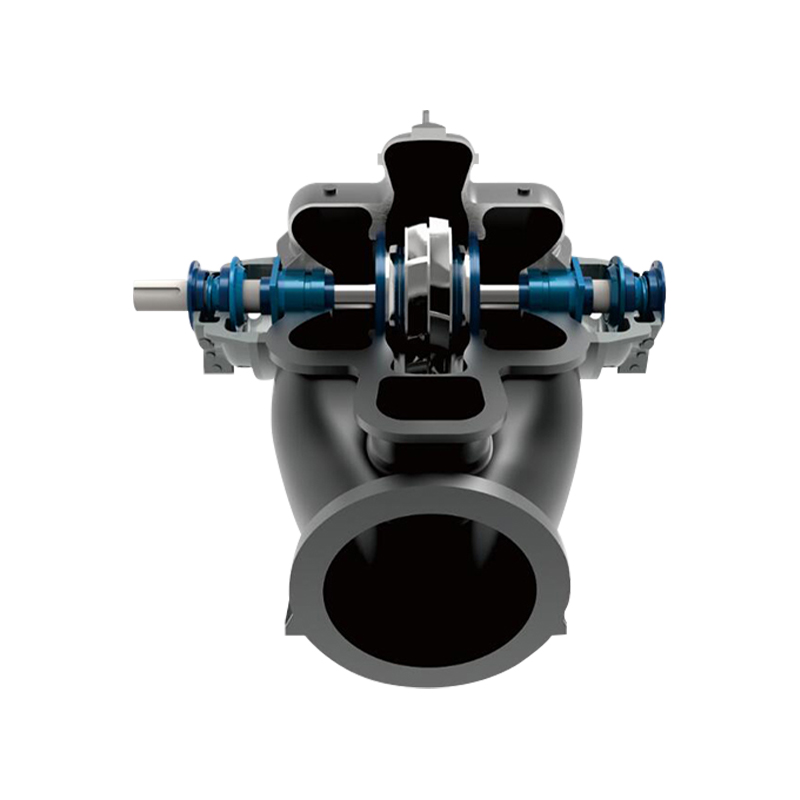
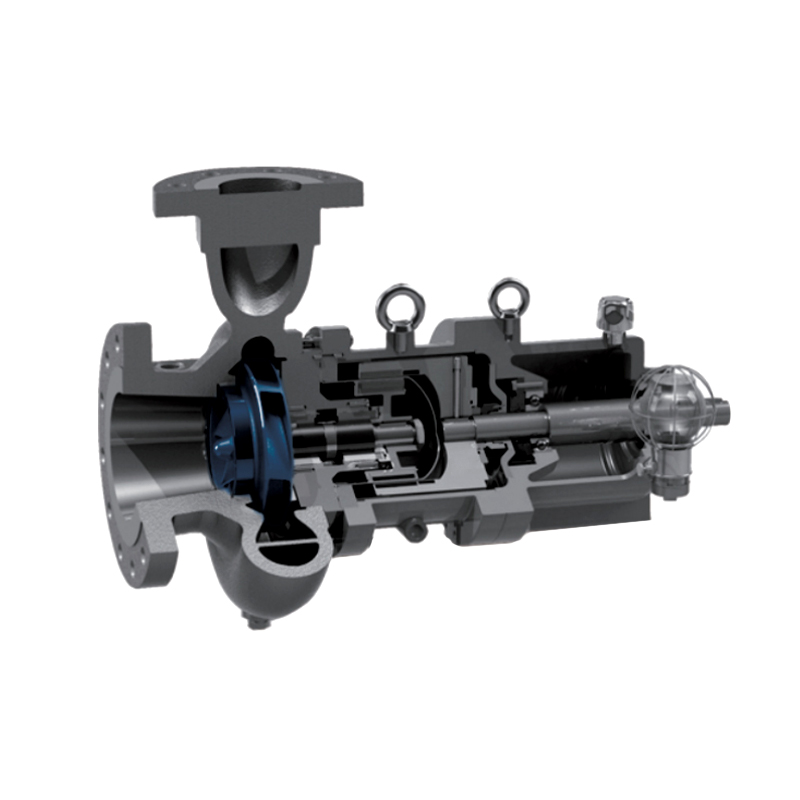
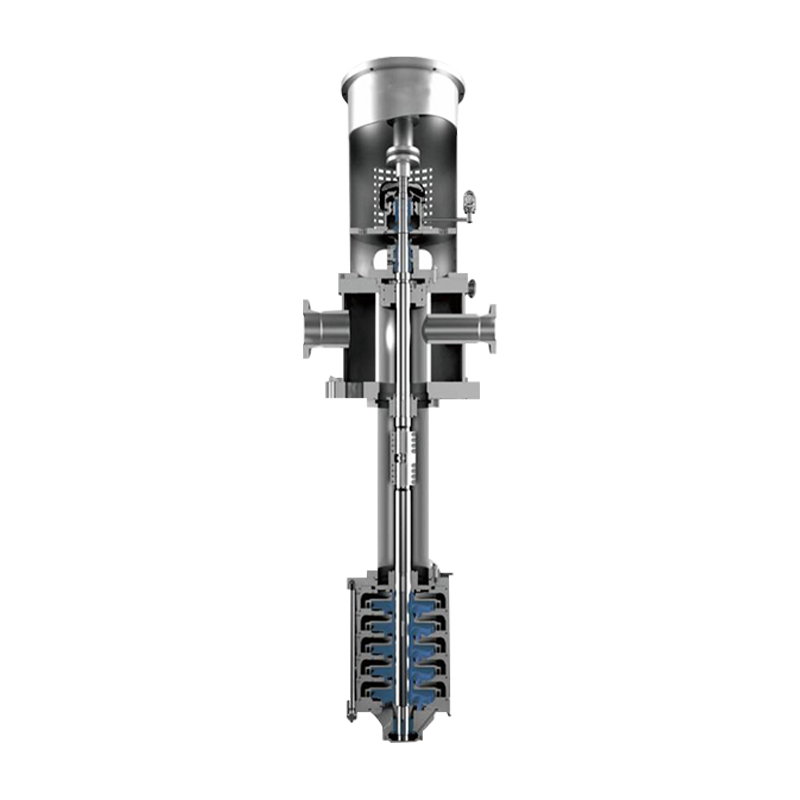
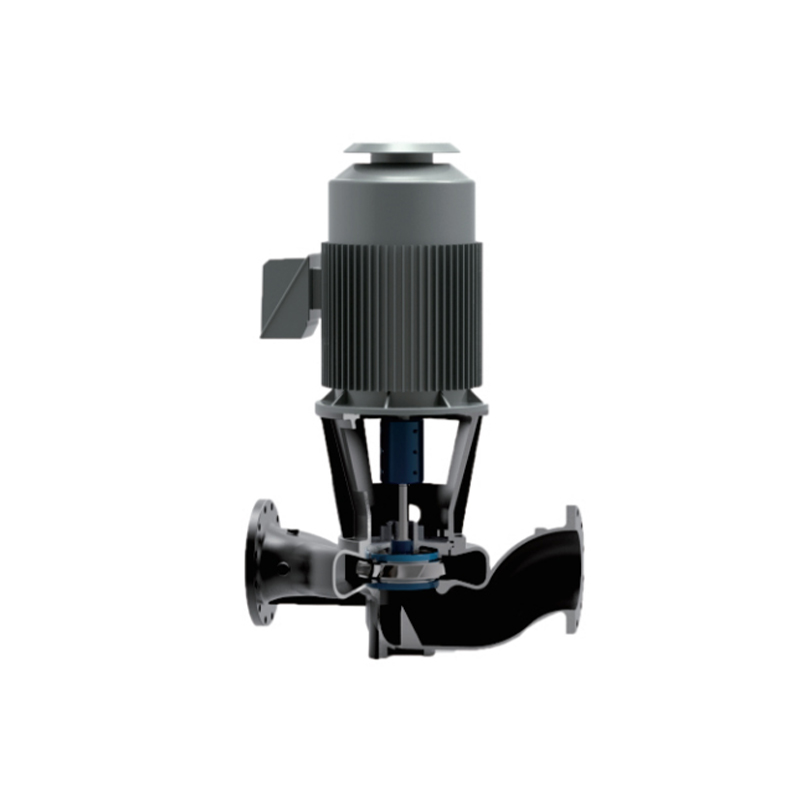

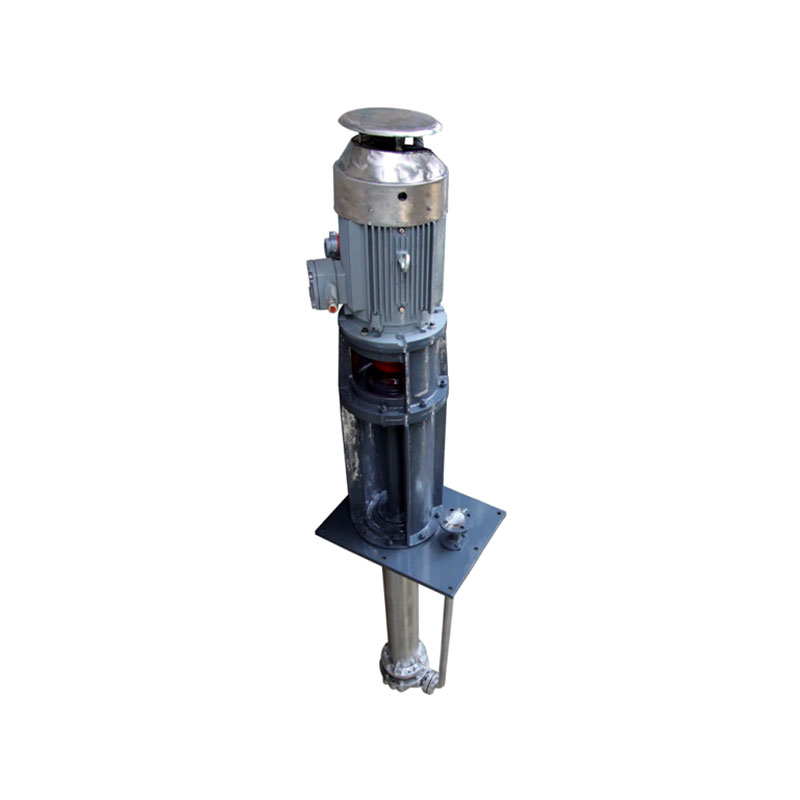
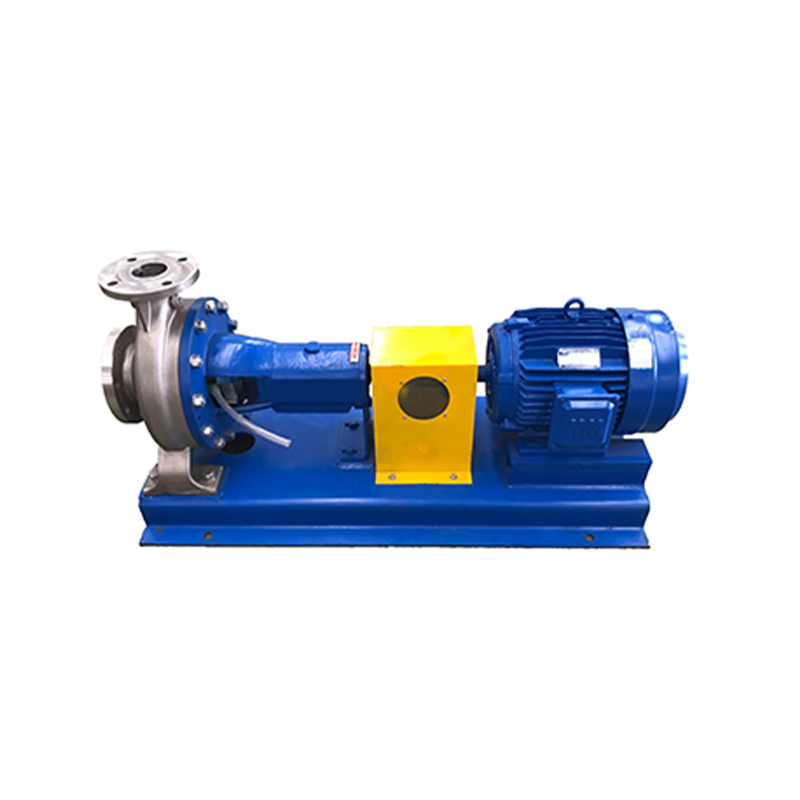

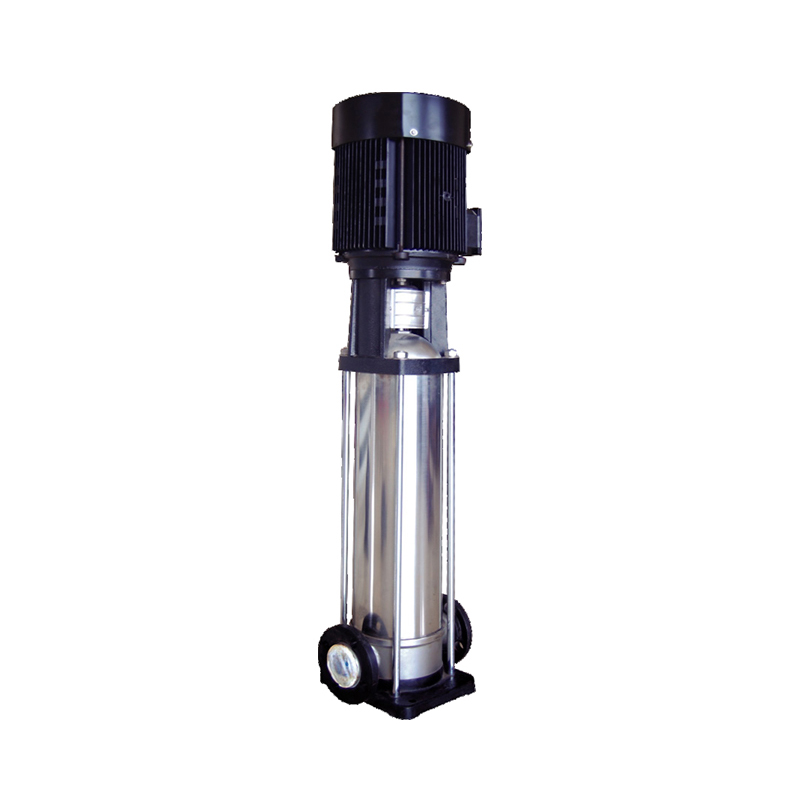






 ENG
ENG

 TOP
TOP